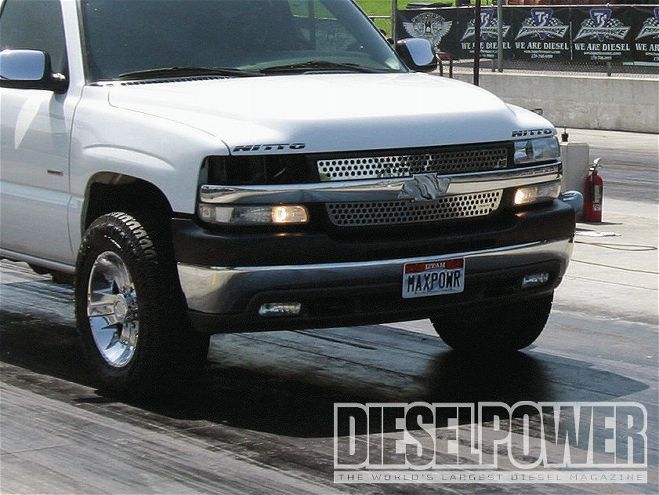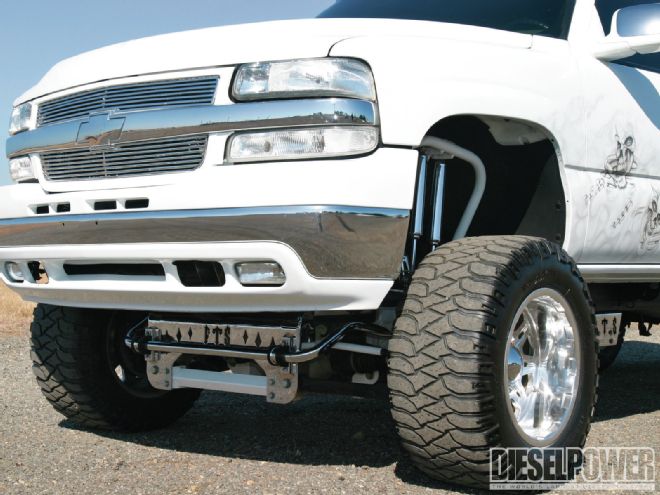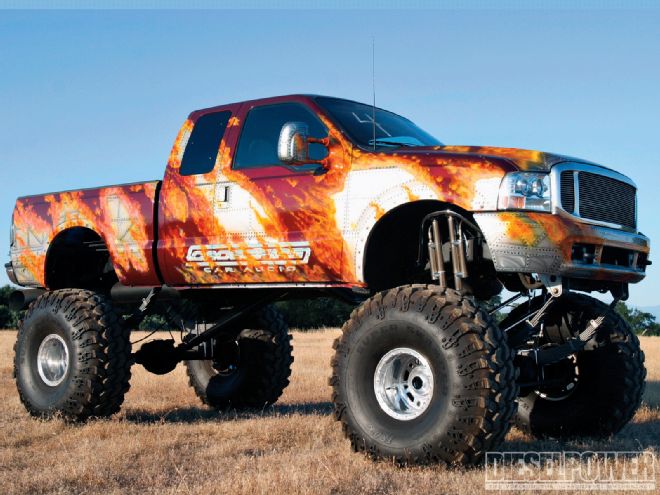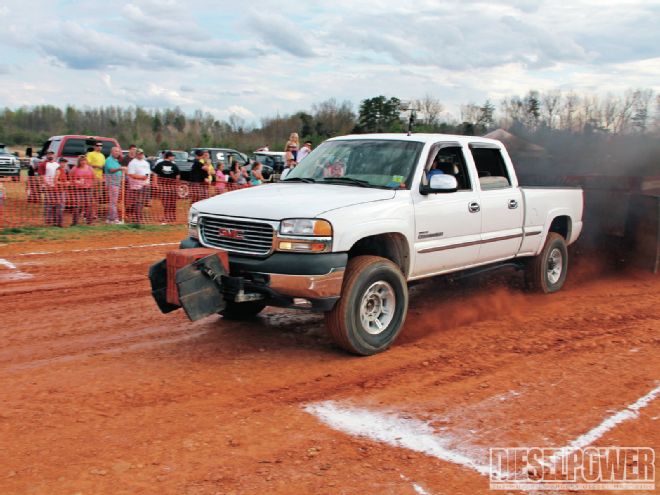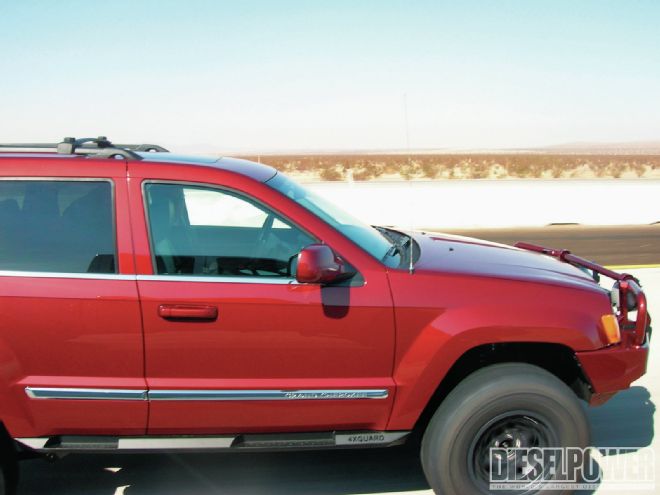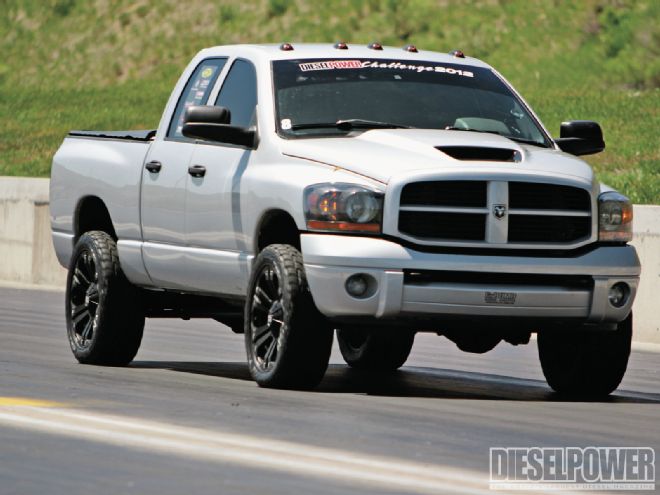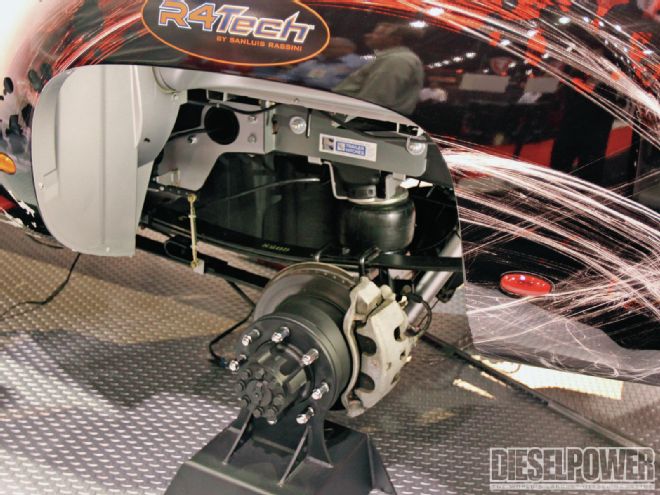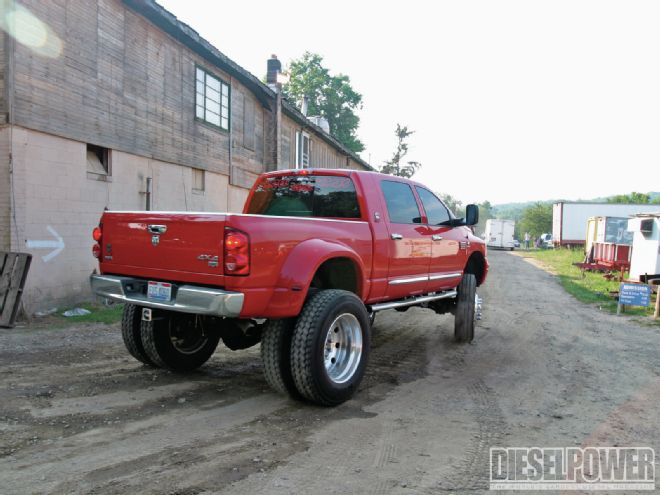Diesel trucks are one of the few newer vehicles buyers instantly modify. An intake, exhaust, or programmer are usually first on the list for performance, but what about style, suspension, and ground clearance? We can't tell you how many jacked-up diesels we have seen either in the form of a leveling kit, or lift kit-and most are still driven, worked, or towed with every day. So the question is: Which is right for you-a leveling kit, or a lift kit?
Lifting vs. Leveling- What's the Difference?
Simply put, both lifts and leveling kits are designed to raise the truck body away from the axles to fit larger tires and increase ground clearance. A leveling kit involves hardware to slightly raise the front of the vehicle so it matches the stock height in the back. A leveling kit is usually designed to provide a maximum lift of about 2 inches in the front. If a stock-style stance is desired, front-end leveling kits can be paired with spacer blocks on the rear leaf springs to provide a slight lift at all four corners. Leveling kits are also very simple and usually only require spring spacers or torsion keys to get the job done.

| Since the suspension geometry is changed, traction bars are a good idea with a lift and can help prevent axlewrap.
A lift kit is just what its name implies. It lifts the truck much higher into the air, via modified suspension parts. Lift kits come in a variety of shapes and sizes and can be purchased in 2-, 4-, 6-, 8-, or even 10-inch kits-or even taller if the buyer wants to go custom. Lift kits, often referred to as suspension systems, are much more comprehensive than leveling kits and will feature new springs, shocks, control arms, and whatever else is needed to maintain the desired height. Often, new driveshafts must be made, and brake lines must be bent in addition to the suspension pieces, so the larger lift kits are usually quite involved. Also, running larger-than-stock tires may require aftermarket wheels with increased offset (the distance the wheel sits from the hub).
"Deep mud or snow? Get a lift kit."
Advantages to Lifting and Leveling
One of the biggest advantages of leveling a truck is that it allows for larger-than-stock tires to be run on all four corners. While most pickups have plenty of clearance in the rear, up front larger tires can hit the inside of the fender or bumper when turning, and a slight increase in height is just what the doctor ordered for this type of issue. Also, if a heavy weight like a plow or winch is added to the front of the truck, the suspension may sag, giving a ride height that is even lower than stock. In this case, a leveling kit can be used to bring the front end back up to its proper height. Leveling kits are inexpensive, and very easy to install.

| Newer diesel trucks have very large wheelwells, and a leveling kit can be all that is needed to clear 33- or even 35-inch tires.
Lifting a diesel with a suspension system also has its advantages. Many choose to run very large wheels and tires, such as 37-inch tires on 20-inch wheels. In this case, only a lift kit will be able to clear the rubber and allow the vehicle to ride and handle properly. Also, many newer trucks are built with low-to-the-ground features that make them more car-like. Low bumpers, exhaust, and running boards can all be damaged by rocks and debris-and even just smashed up on rough roads. A lift kit keeps all these mechanical and body parts from being mangled when the road gets rough. Lift kits are also very useful when going off-road. Whether it's through rocks, mud, or in deep snow, having larger tires, more suspension travel, and better ground clearance are very large pros for lifting a truck.
Disadvantages of Lifting and Leveling
Any time a modification is made to a vehicle, possible negative drawbacks have to be taken into account. Since leveling kits are so simple, the biggest drawback is often in regard to style. Many people order a leveling kit expecting it to change the look of their truck, but often looking stock-ish isn't enough, and they'll step up to a lift kit later. Others may be unhappy with the stance, which can often be nose-high, especially with a trailer.

| Just because a truck has a large lift on it, doesn’t mean it can’t do work, as evidenced by this towing photo. When pulling a trailer with a lifted truck, make sure the tongue weight and hitch height are adjusted for the additional height of the vehicle. It is also important to re-aim your headlight after any lift to avoid blinding oncoming drivers and to maintain visibility when it is dark.
With suspension systems, the main drawback we hear about is fuel economy. A large lift will put more suspension parts out in the wind-not to mention heavier and wider wheels and tires. The extra weight and aerodynamic drag means roughly a 20 percent drop compared to what was previously seen, all things being equal. For some, the penalty at the pump is well worth the style and utility difference a lifted truck brings.
After installing leveling or lift kits, uncontrolled steering oscillation (otherwise known as "death wobble") has a greater possibility of occurring than with a stock truck. There are ways of helping or curing this (see page 128), but with either choice, it may be a factor.
What's Right for You
If you use your truck mainly as a tow rig or utility vehicle, you're probably a leveling kind of guy. If you want to have a high-in-the-sky show truck, or are somebody who isn't afraid of deep water or mud, you go hunting in the boonies, or you enjoy off-roading, then a lift kit is more your speed. Either way, a lift or leveling kit is one of the few modifications that is sure to add style and value to your vehicle. So do some research, and figure out which one works for you.
Fast Facts
Leveling Kit
Height Increase: 1 to 2 inches
Fits: 33- to 35-inch tires
Good For: Daily driving, sled pulling, towing, off-road use
Price: $100 to $250
Lift Kit
Height Increase: 2 to 10 inches
Fits: 35- to 40-inch tires
Good For: Mud, sand, snow, style, ground clearance
Price: $1,000 to $4,000
